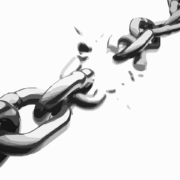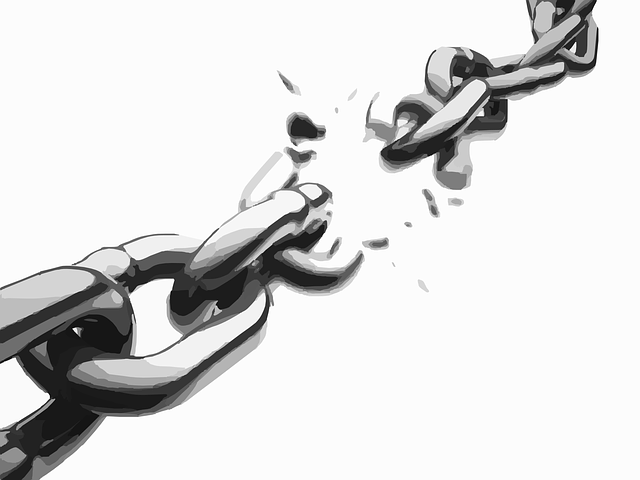What Are Bad Backlinks, and How Do You Get Rid of Them?
If you have been into link building for SEO, you probably have had some bad backlinks out there. In the early days of SEO, any backlink was good. But when Google rolled in the Penguin update 5 years ago, bad backlinks became part of a dark history of online marketing practice. Websites that bought links as well as those that did massive link building were penalized. Owners had to remove the bad links to get back to the top. It was a painful measure.
Today, many newbies still fall for the lure of bad link building practice. It’s easy to buy links than to naturally build linkages slowly over time. It’s easier to put backlinks here and there than to create organic relationships, especially with sites with good PR. It’s easy to create an illusion of web popularity by buying links instead of creating value.
Finding bad backlinks is straightforward. The difference between a bad backlink and a good one is the site they are on. Many SEO firms have put up sites purposely to make their jobs easier. When you see a website that has no clear niche, one that looks like a dump site of articles in different niches, you have a website created purposely for link building. It’s a bad practice. Not only is that site of bad quality. It also is a hub for bad inbound links.
There’s another hideous link building practice that still thrive today. Spamming comments and threads looks innocent at face value. They look like praises to the website owner or blog but are actually covert ways of redirecting traffic. Unsuspecting visitors, of course, would click on the spam links and help keep the practice alive. Spammers use bots to automatically publish comments on various websites. Spam hurts your backlink profile. Consider this a fair warning.
Of course, it’s still too tempting to over-optimize. It looks too innocent to stuff your keywords in your anchor links. But Google is much smarter now than it was several years ago. It easily spots such a dishonest practice and will penalize your site for it. If you want to lead people to a landing page, simply use appropriate keywords for that page and use the direct url.
Surprisingly, content duplication remains an insidious practice for link building. Underhanded spammers and black hat SEOs still make sites with exactly the same or similar content. Why spend hours writing content when you can use content generation software or spinners? The purpose is plain. When you have more content, you have more pages to put backlinks on. The downside is, it has long been considered a lousy tactic, one that has a painful consequence.
Have you seen links from websites from a foreign country? That’s a silly scenario. It happens when you hire unscrupulous link builders who resort to funny ways to generate links. If your links come from India and your customers are Americans, you should be worried.
Weeding out bad backlinks may be as easy as finding them and then removing them. In cases when you can’t remove them manually because they’re on a site you don’t own or manage, you can ask the webmaster to remove them. If the webmaster is unresponsive, you can ask Google to disavow the links. In some cases, you may get rid of the pages with over-optimized, if not awful, irreparable, content.
The saddest part of the story is, of course, when you reach that “malignant” stage wherein the problem is just so widespread that it’s impossible to hunt down crap and destroy it. In that case, you may have to abandon your rusty and sinking ship and start from scratch.




